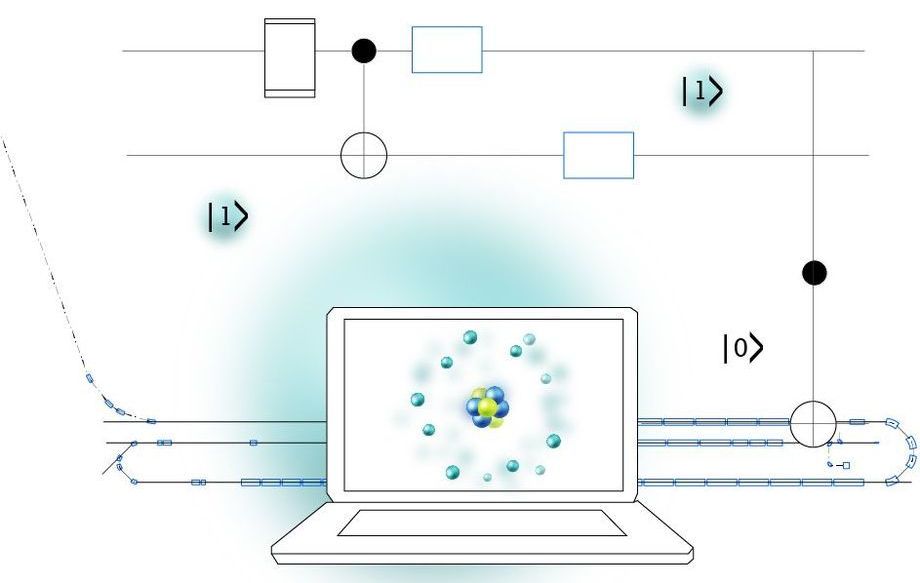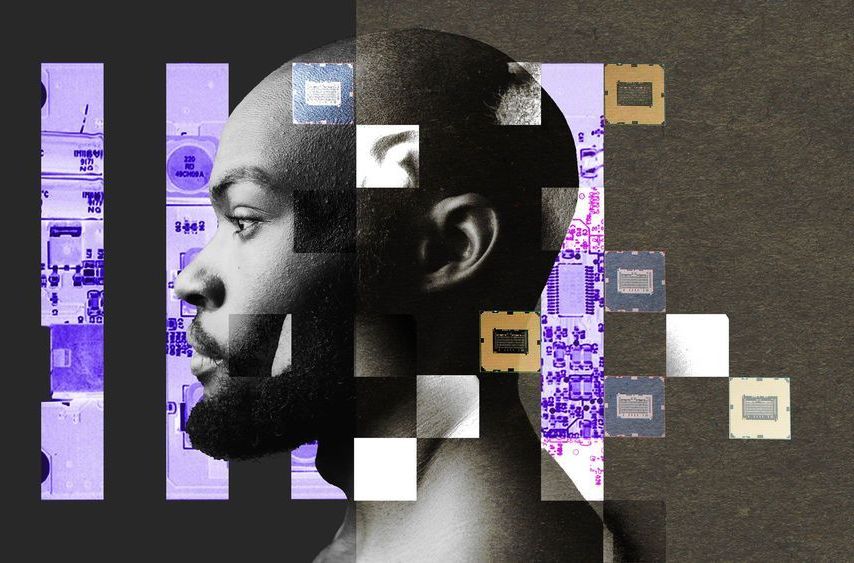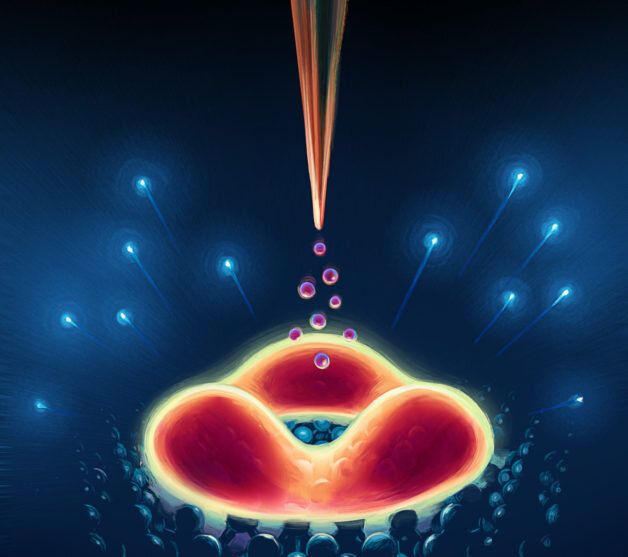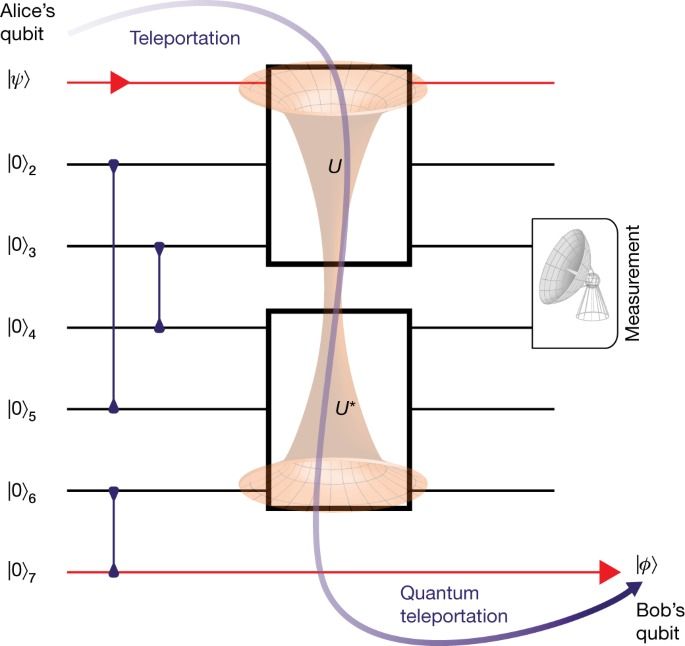Oct 9, 2020
Bringing the promise of quantum computing to nuclear physics
Posted by Malak Trabelsi Loeb in categories: computing, information science, particle physics, quantum physics
Quantum mechanics, the physics of atoms and subatomic particles, can be strange, especially compared to the everyday physics of Isaac Newton’s falling apples. But this unusual science is enabling researchers to develop new ideas and tools, including quantum computers, that can help demystify the quantum realm and solve complex everyday problems.
That’s the goal behind a new U.S. Department of Energy Office of Science (DOE-SC) grant, awarded to Michigan State University (MSU) researchers, led by physicists at Facility for Rare Isotope Beams (FRIB). Working with Los Alamos National Laboratory, the team is developing algorithms – essentially programming instructions – for quantum computers to help these machines address problems that are difficult for conventional computers. For example, problems like explaining the fundamental quantum science that keeps an atomic nucleus from falling apart.
The $750,000 award, provided by the Office of Nuclear Physics within DOE-SC, is the latest in a growing list of grants supporting MSU researchers developing new quantum theories and technology.

















